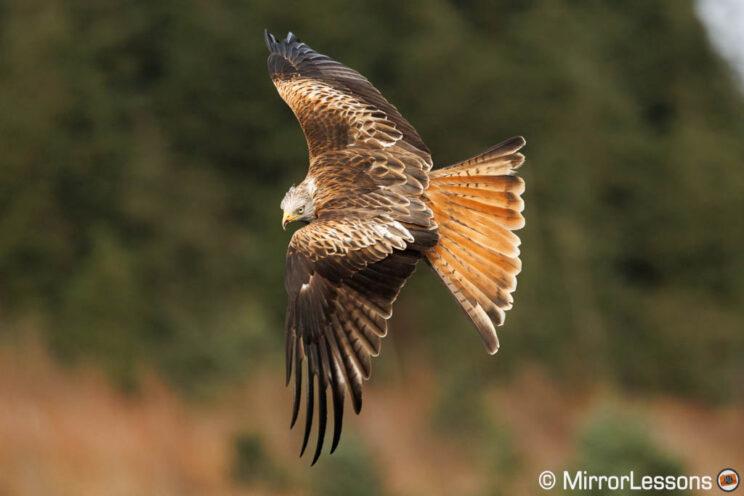As I’m writing this article, I just sent back the R6 mark II after finishing my field tests, and whose review has been published. It’s a camera I really enjoyed using, and that addresses the shortcomings of its predecessor, while making other things even better. So, when Canon announced the R8, a quick glance at the specs made me realise straight away that this looks like a baby R6 II!
The two cameras share a high number of specifications, including the sensor, the autofocus system, video quality and electronic shutter performance. There are differences of course, which we can quickly summarise as entry level body design versus professional body design. But, there is more, so let’s dig into it.
Before we start, here is an exhaustive list of all the things the R8 abd R6 II have in common. Make sure to read to the end where I share my direct experience concerning image quality, video, and autofocus.
- 24.2MP full frame sensor
- ISO 100-102,400 range (50 to 204,800 extended)
- Dual Pixel CMOS AF II with subject detection (people, animals and vehicles)
- -6.5EV low light AF sensitivity (with a F1.2 lens)
- 40fps drive speed with electronic shutter
- RAW Burst Mode with Pre-Shooting (0.5s at 30fps)
- 4K recording up to 60p with oversampling and no crop
- HFR up to 180p (Full HD)
- 10-bit 4:2:2 internal recording (C.Log3 or HDR PQ, 340Mbps max.)
- Focus Breathing Compensation
- Multi-angle LCD monitor with touch capabilities and 1.62M dots
- Audio in & out, micro HDMI, USB-C (10Gbps), 2.5mm remote input
- Multi-function shoe with digital audio
- Dual Pixel RAW mode
- Webcam mode via USB connection (no plugin required)

Other comparisons you might be interested in:
Ethics statement: the following is based on my direct experience with the R6 II, the EOS RP and official information about the R8. We were not asked to write anything about this product, nor were we provided any compensation of any kind. Within the article, there are affiliate links. If you buy something after clicking one of these links, we will receive a small commission. To know more about our ethics, you can visit our full disclosure page. Thank you!
1. Design
Sharing the same technology of the more expensive R6 II is definitely a plus, but there are going to be some catches, the first of which is the design (although not everything is necessarily negative). For starters, the R8 is smaller and lighter, which can be a benefit for some:
- R8: 132.5 x 86.1 x 70mm, 461g
- R6 II: 138.4 × 98.4 × 88.4mm, 670g
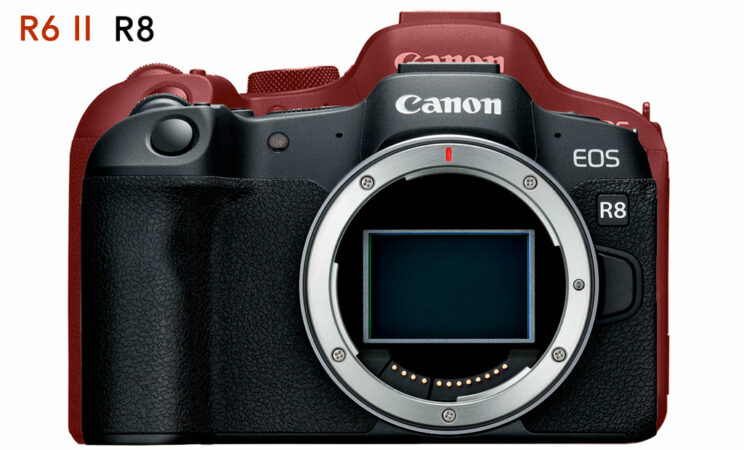
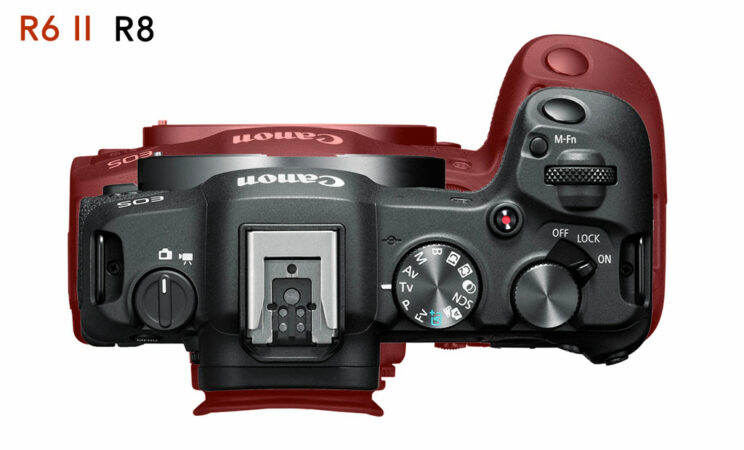
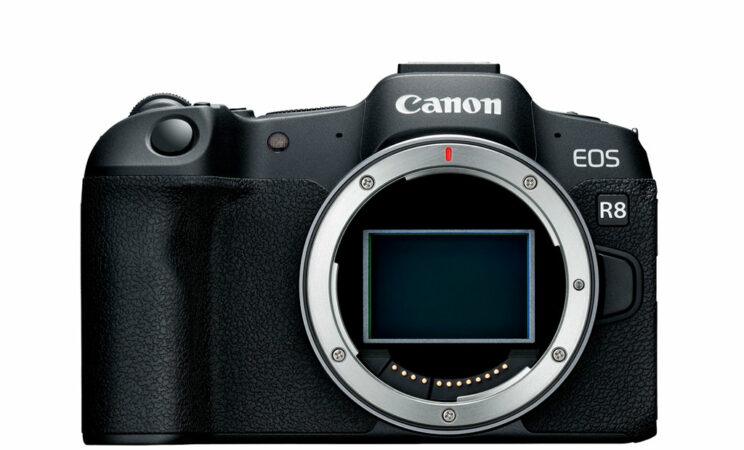
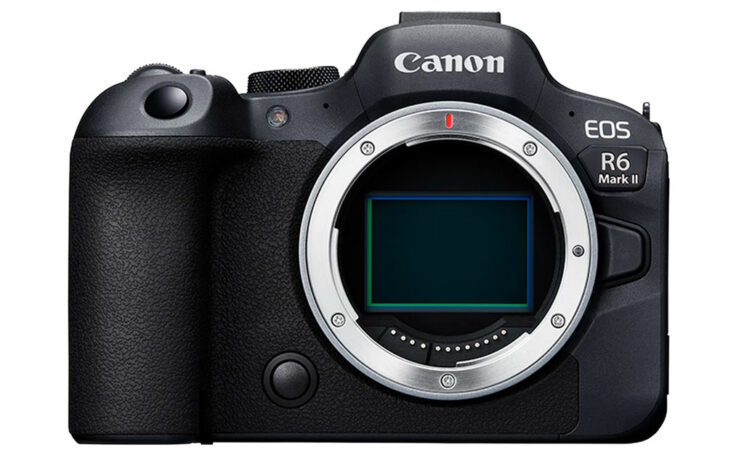
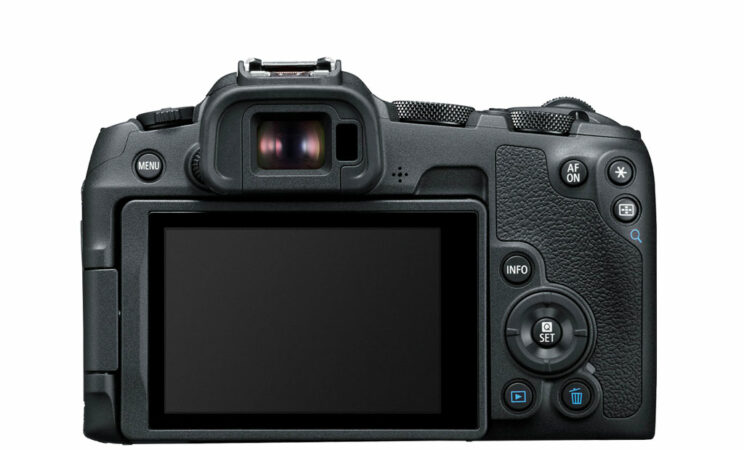
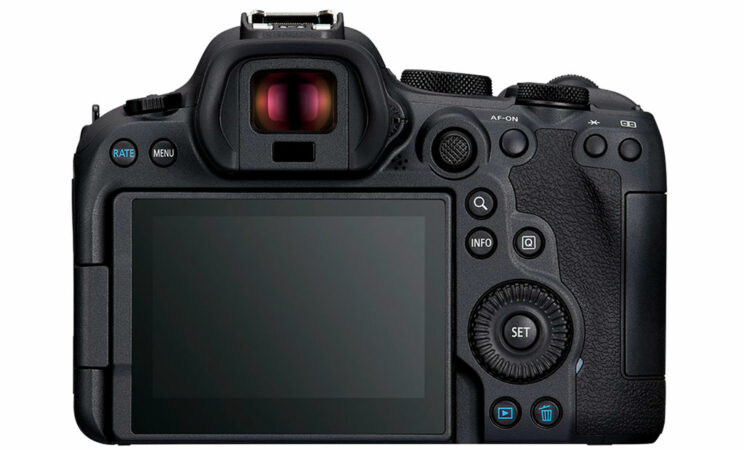
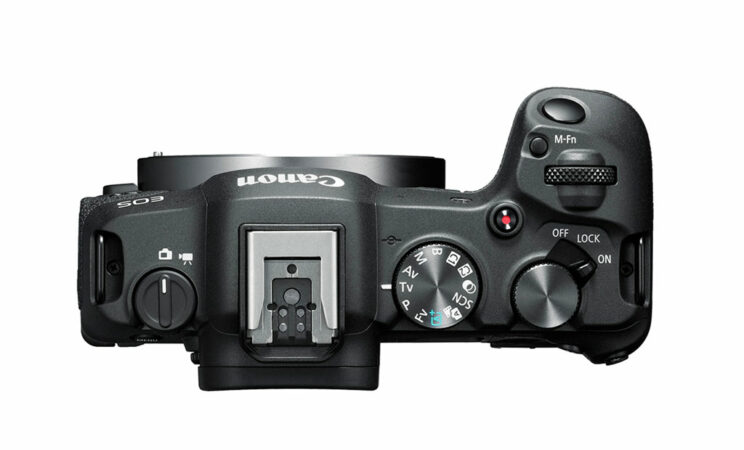
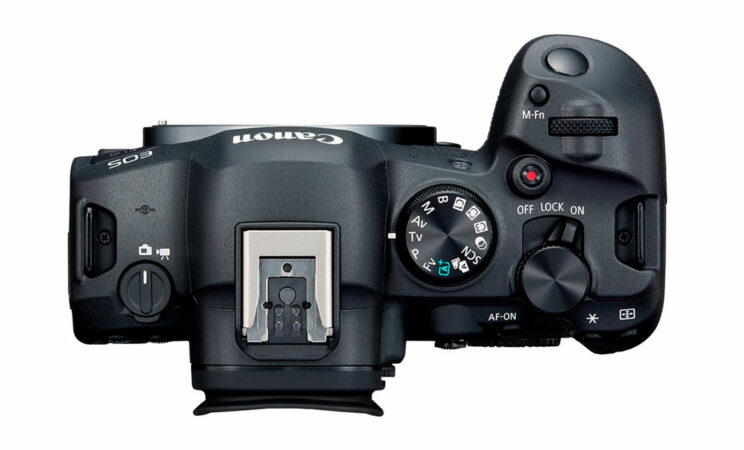
The R8 design is essentially that of the RP model, a low cost full frame camera Canon released almost four years ago, and that I tested. It’s a good design with a comfortable grip and straight-forward button layout. The R8 benefits from a few upgrades like the useful photo/video switch on the top left.
What you’ll gain with the R6 II is the more robust weather sealing and the premium construction (more magnesium, less plastic), a larger grip and additional controls such as the AF joystick on the rear.
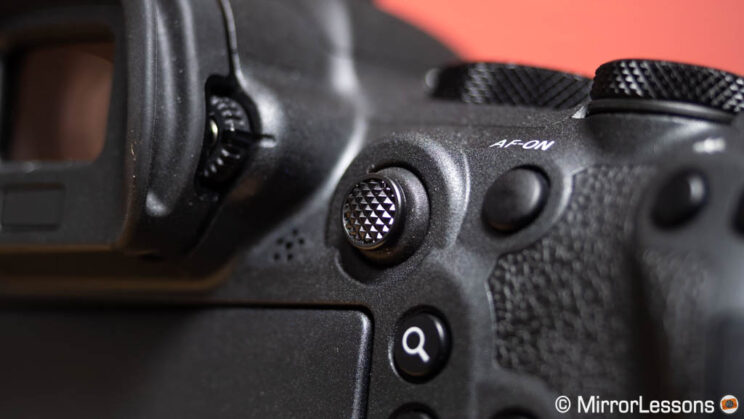
To move the autofocus area on the R8, you can use the 4-way controller on the rear or the touch screen (the latter also works when composing with the EVF). You can also tap the screen to switch between the subjects detected in the frame.
2. Viewfinder
Another compromise is the electronic viewfinder: the R8 sports a “just sufficient” panel concerning resolution, but it works up to 120fps which gives you a smoother view when following fast action. It’s the same EVF found on the R7 that I reviewed: it’s a bit small and definitely feels a bit outdated for today’s standards.
By contrast, the R6 II EVF has more resolution and a larger magnification. I find it a bit easier to work with when wearing glasses.
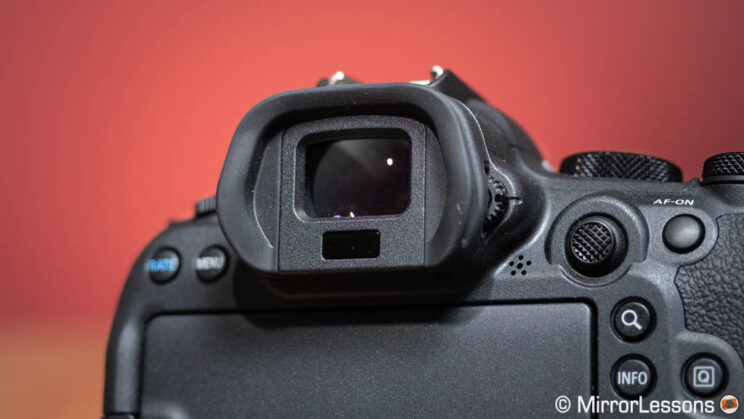
EVF
R8
R6 II
Panel
0.39-in OLED
0.5-in OLED
Resolution
2.36M
3.69M
Refresh rate
120Hz
120Hz
Magnification
0.70x
0.76x
Eyepoint
22mm
23mm
3. Memory Cards
The R8 can use only one SD card at a time, and the slot is found underneath the camera, in the battery compartment.
The R6 II has two SD slots, so you can use the second card to add more capacity or to separate the types of files, or to back up the first card.
Both cameras work with the UHS-II standard.
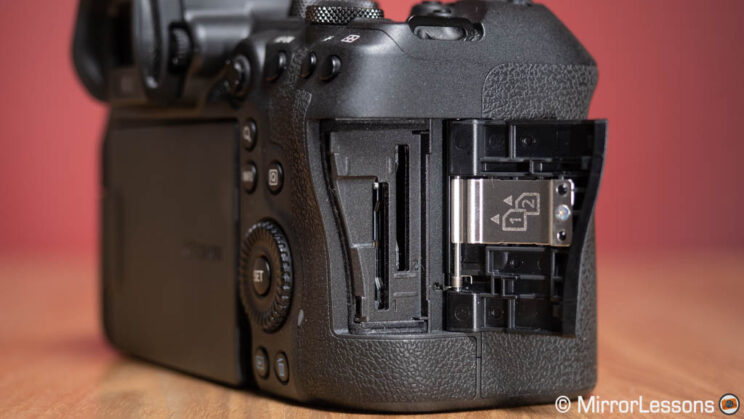
4. Battery
The R8 uses a smaller battery, the LP-E17, and as you can imagine, it offers a shorter battery life compared to the bigger unit of the R6 II (LP-E6).
The official rarting for the R8 is 220 shots with the viewfindwer, and 370 frames when using the LCD. The R6 II has a better rating of 450 images (EVF) and 760 photos (LCD). Note that these are measured with the power saving mode.
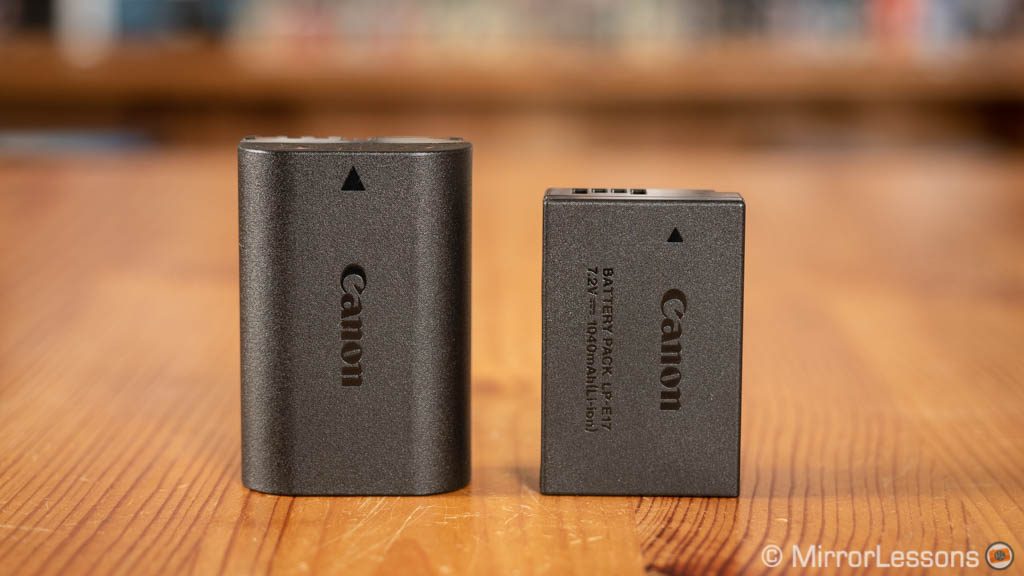
As always, the CIPA rating only gives you an idea. In real world use, you can exceed these numbers but it’s a pretty decent indication of the superior capabilities of the R6 mark II.
Both cameras can be charged or powered via USB, provided that you use a powerful bank with Power Delivery. Note that the battery doesn’t charge when the camera is turned on.
The R6 II has another advantage, the optional BG-R10 battery grip to improve the ergonomics and extend power. There is no such option available for the R8.
5. Shutter
The R6 mark II features a fully mechanical shutter with front and rear curtains, as well as an electronic-first curtain mode and a full electronic mode.
The R8 doesn’t have two mechanical curtains, but only the rear one, which means it always operates with the electronic-first curtain shutter or the electronic shutter.
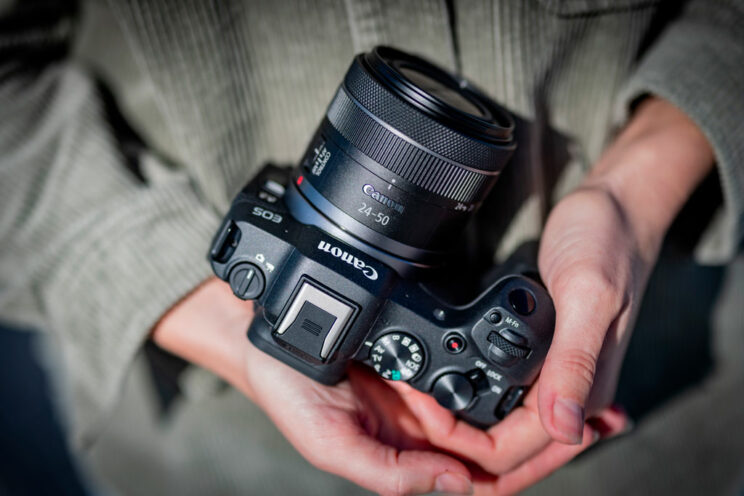
This may not sound like a big deal at first, but there are few things you need to be aware of when working with the electronic-first curtain mode:
- it can affect the bokeh with shutter speeds higher than 1/500s (less pleasant look, to put it simply)
- it can create a sligthly uneven exposure with very fast shutter speeds (1/4000s).
In most cases, these are small quirks that won’t affect your daily work necessarily, but they are nonetheless worth keeping in mind, as they can be easily overcome by adjusting the shutter speed. If you have doubts, the best solution is to use the electronic shutter of course, but keep in mind it doesn’t work with flash.
Speaking of flash, the R8 has a maximum sync of 1/200s, whereas the R6 II is slightly faster at 1/250s.
Another difference is the fastest shutter speed available: 1/4000s with the R8, or 1/8000s with the R6 II. Switch to the electronic shutter, and they both go up to 1/16,000s however.
6. Drive Speed
Another limitation that comes with the absence of two mechanical curtains on the R8 is the continuous shooting speed: the camera works up to 6fps, whereas the R6 II can work up to 12fps with the mechanical shutter.
Switch to the electronic shutter, and both can shoot up to 40fps, albeit with a limited buffer. The R6 II does a bit better, with approximately 95 RAW frames (just over two seconds), or 246 JPGs (6 seconds) according to my tests. The R8 is rated at 56 RAW and 120 JPG images so, even if my future review shows a slightly better performance, it will most likely remain inferior to the mark II model.
You can increase the buffer by selecting C.RAW instead of RAW, or use the RAW Burst mode. The latter contains the Pre-Shooting option, where both cameras can save 15 frames before the shutter button is pushed all the way down. The photo above was captured using this setting.
Note that when using the electronic shutter and continuous shooting, the RAW files drop from 14-bit to 12-bit on both cameras.
7. Image Stabilisation
This is one of the major differences: the R8 doesn’t have in-body image stabilisation, and thus photograhers must rely on lenses with optical stabilisation, or external supports (tripods, gimbals, etc). To be fair, most Canon RF lenses have optical stabilisation, so you won’t be left with nothing in most cases.
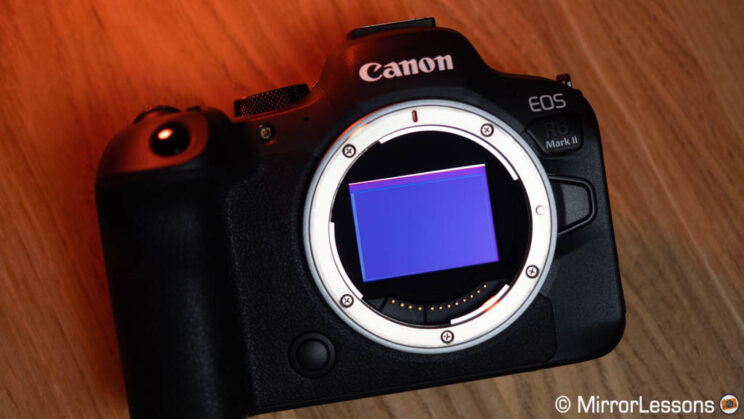
Still, the 5-axis stabilisation of the R6 II is amongst the best I’ve tested for a full frame camera, with a rating of 8 stops of compensation (or a bit lower depending on the lens used). A image captured hand-held at around 2s with a short focal length (35mm) is possible.
For video, they both have the Digital IS option, which adds electronic stabilisation but crops the sensor in order to do so (the standard level offers a mild crop). For the R8, Digital IS works in conjunction with optical stabilisation on the lens. For the R6 II, it also takes into account IBIS on the sensor.
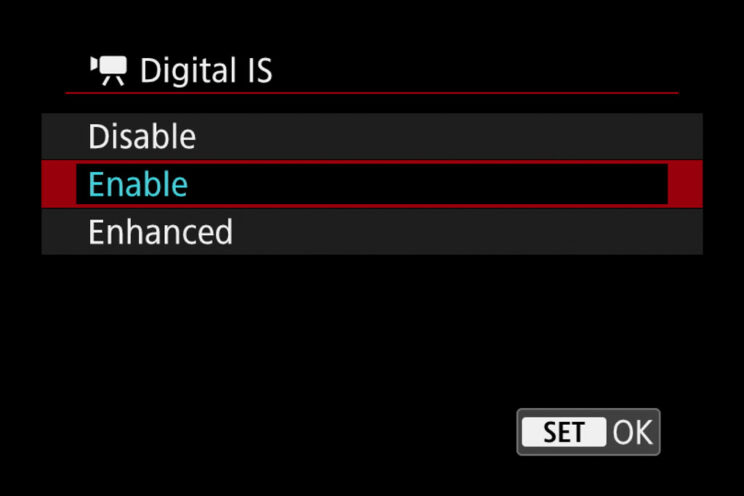
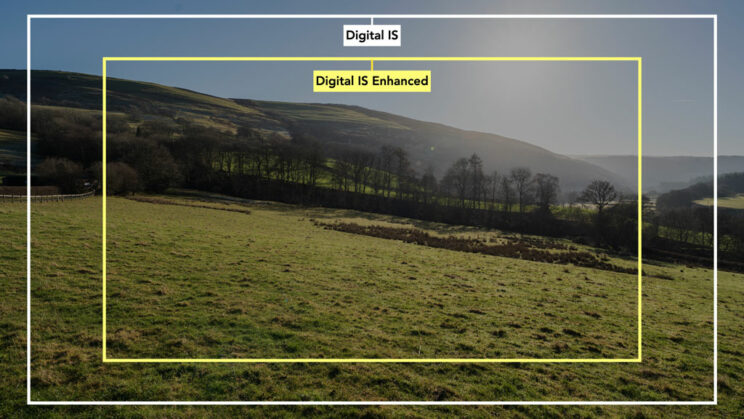
8. Video Recording Limitation and HDMI Output
The R8 and the R6 II can record 4K up to 30p at the maximum quality without sensor crop, and without any limit on the duration, apart from the battery life or card capacity. In my test, the R6 II did 2 hours and 15 minutes without any overheating warning (20˚C room temperature).
The R6 II doesn’t have a limitation in 4K 60p either, and managed 1 hours and 30 minutes before the battery ran out. The temperature warning appeared on the screen, but without going to the maximum.
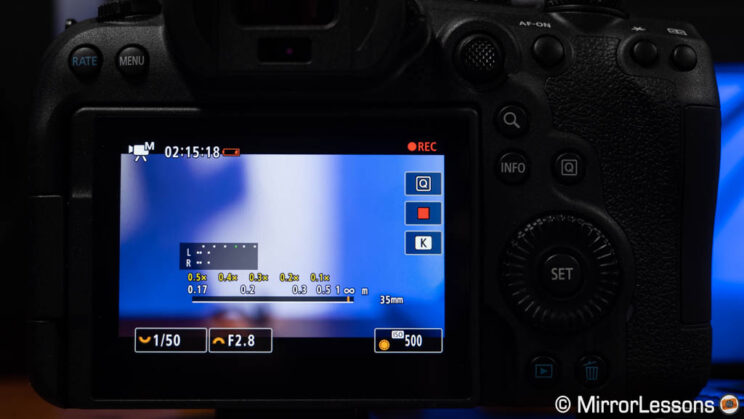
I can’t guarantee what the R8 is capable of doing here, but I suspect the smaller design may impact heat dissipation a little. Canon says it can record for 2 hours at 30p, but there is a 30 minute cap at 50/60p.
If you enable the High Frame Rate mode, the R8 can record Full HD at 180p for 20 minutes, whereas the R6 II doesn’t have a limit once again.
As for the video specs, the two cameras share the same capabilities including 6K oversampling (no sensor crop in 4K 30/60p), 10-bit 4:2:2 for internal recording when using the C.Log3 or HDR PQ profiles.
But there is one thing only the R6 II does: 12-bit Prores RAW via the HDMI port. You need an external recorder for this, either the Atomos Ninja V or V+, and a firmware update from Atomos that should arrive later this year.
9. Wi-fi Connection
A small difference here, but the R8 has a slower Wi-Fi protocol with a 2.4GHz frequency, whereas the R6 II works at 5GHz.
Both cameras have bluetooth connectivity and can work with a number of applications, including the Connect app on your phone, and Canon’s cloud service. You can also connect the cameras via USB (Anker 514 cable recommended for iPhone users).
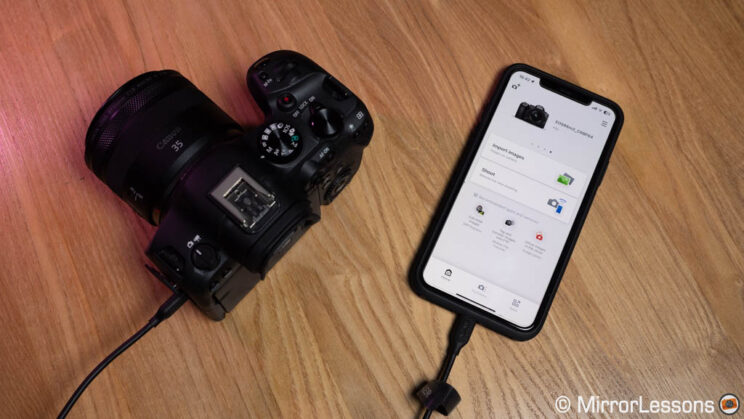
10. Price
The final point could easily influence your choice more than any other I’ve mentioned so far.
The R8 is being launched with the retail price of $1500, £1700 or €1800.
The R6 II is much more expensive at $2500, £2800 or €2900 respectively.
The prices are for the body only, and as of February 2023.
Other comparisons you might be interested in:
Conclusion and Personal Feedback
As I wrote at the beginning, I am familiar with the technology these two cameras share, because I’ve already tested the R6 II. In my opinion, the R8 is a very interesting product.
Unlike the RP that came out with an old sensor and handicapped focus and video capabilities, the R8 gets some of the best features Canon has developed lately.
The 24MP sensor is excellent and competitive against the likes of Sony. The video quality is also very good, with great detail rendering, good dynamic range and great high ISO performance. The fast sensor readout means you can use the electronic shutter without worrying too much about the rolling shutter effect, and the autofocus is one of Canon’s best, on par with more expensive models, as shown with my birds in flight test.
So all in all, the R8 packs a lot for the money, and I believe it will become one of the best deals you can get on the full frame mirrorless market. Its direct competitors from Sony and Nikon are getting a bit old now (A7C, A7 III, Z5). It can also be a perfect second body companion to your R6 camera.
The R6 II remains a superior package for those seeking better ergonomics, longer battery life, peace of mind concerning photo back-up, as well as state of the art stabilisation and fewer limitations when recording 4K 60p. But it’s also much more expensive.
Check prices of the Canon R8 on
B&H Photo
Check the price of the Canon EOS R6 II on:
Amazon | Amazon UK | B&H Photo | eBay


